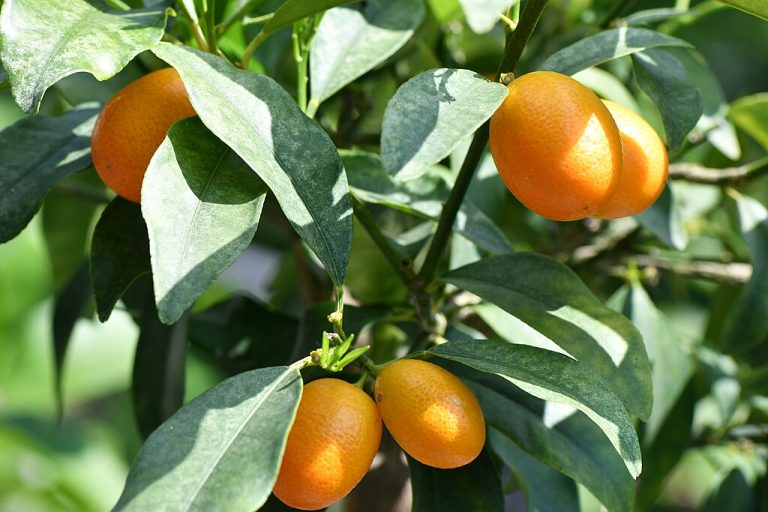Behold the kumquat: sweet, tart, adorable and growable. While it’s not exactly an herb, this little gem of a citrus fruit features many of the qualities you would look for in a quality medicinal plant.
Although it is native to China and hardy only in warmer climates, it is well-adapted to potted life, making it the perfect candidate for overwintering indoors.
The kumquat plant
Kumquat is a broadleaf evergreen tree native to Southeast Asia — where its small, edible fruit has served as both food and medicine for thousands of years. The earliest documentation of kumquat is a written description by Chinese scholar Han Yen-chih in a text dated 1178 BC.
The word “kumquat” comes from the Cantonese name “gam gwat” (金橘), or “golden tangerine,” but after that it gets confusing. The plants were introduced to Europe by Scottish botanist Robert Fortune in the 19th century; whereby Fortunella became a genus name for kumquats — or at least some species of them — contending with an alternative classification as Citrus. Both genera fall within the Rutaceae (citrus) family, anyway, so here I will refer to them generally as a citrus plant.
Kumquats do have some special characteristics that set them apart from other citrus, however. Their ability to tolerate relatively cold temperatures facilitated their spread to subtropical areas around the world. In addition, their small stature (6 – 12 feet) makes them suitable for container growing — so even those of us in temperate climates can cultivate kumquat! Still more extraordinary is the fruit’s uniquely sweet, edible rind.
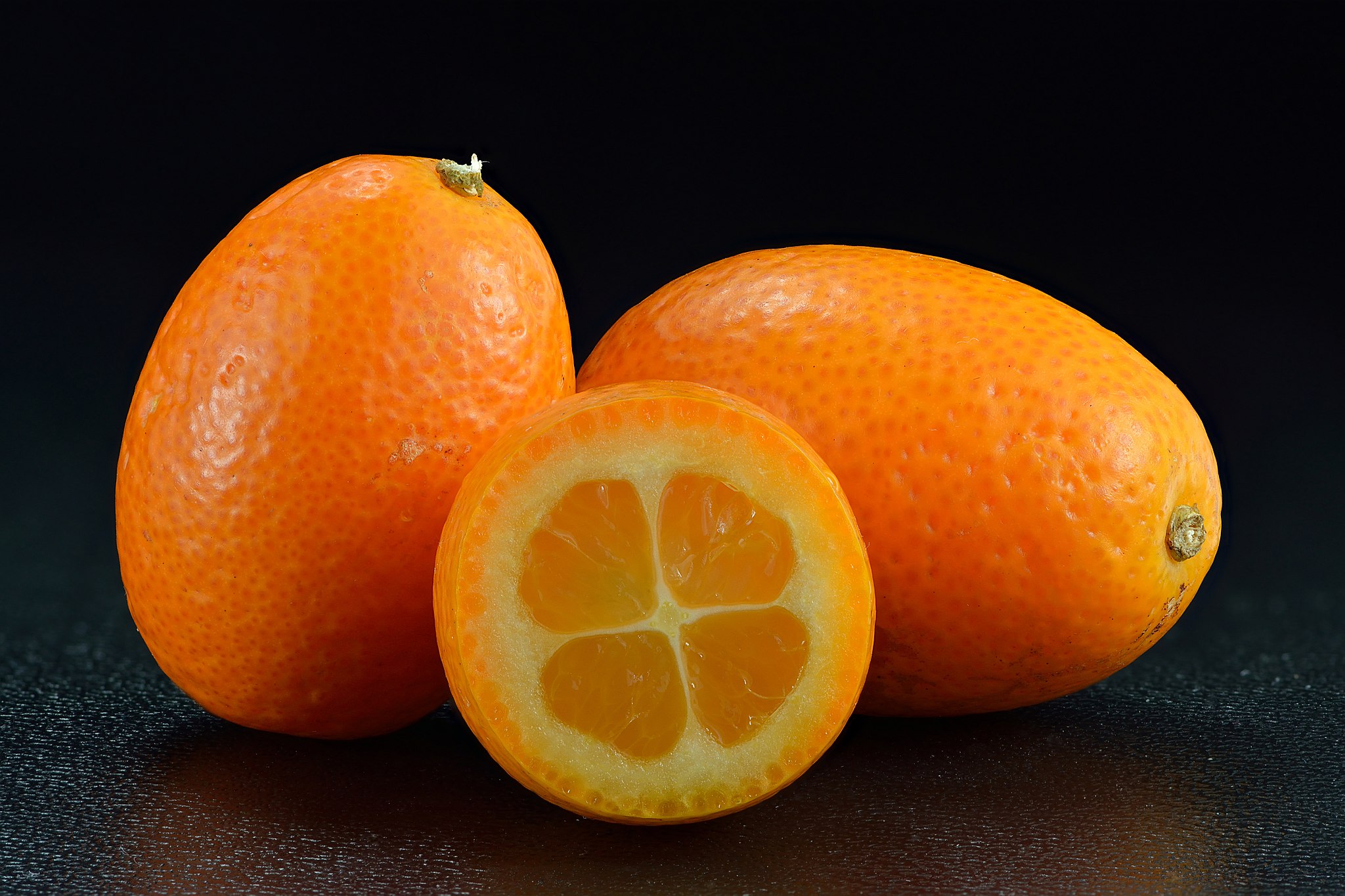
Success
You are now signed up for our newsletter
Success
Check your email to complete sign up
These slow-growing plants thrive in typical citrus-friendly conditions with rich, well-drained soil and full sun. A mature (three-year-old) and happy plant will produce fragrant white flowers in the summer and set fruit in autumn. Depending on the variety, kumquat season spans a few months somewhere between November and April.
Traditional uses
Packed with powerful organic compounds, vitamins and antioxidants, it’s no wonder that the diminutive kumquat fruit made its way into medicine cabinets. Various brines, extracts and liquors made with kumquat have long served to relieve respiratory conditions and other ailments.
In traditional Chinese medicine, the fruit is used to aid digestion, relieve coughs, reduce cold symptoms, soothe sore throats, remove phlegm, and treat inflammation.
Ayurvedic medicine considers kumquat to be alkalizing and detoxifying. It stimulates saliva production and promotes balanced hydration.
Medicinal properties of kumquat
Modern medicine supports the use of kumquat to promote health in many areas due to the presence of essential oils (like limonene, alpha-pinene and monoterpenes), vitamins A and C, fiber, calcium and other minerals.
Like other citrus, kumquats are rich in vitamin C — a powerful antioxidant that boosts immune function and reduces the effects of aging on the skin.
Kumquats are also a good source of calcium, supporting healthy bones, teeth and hair.
With a considerable fiber content, kumquats are recommended to aid digestion and reduce symptoms of diabetes.
As a rich source of vitamin A and beta-carotene, kumquat consumption can help preserve good vision by slowing macular degeneration and the development of cataracts.
Growing kumquat
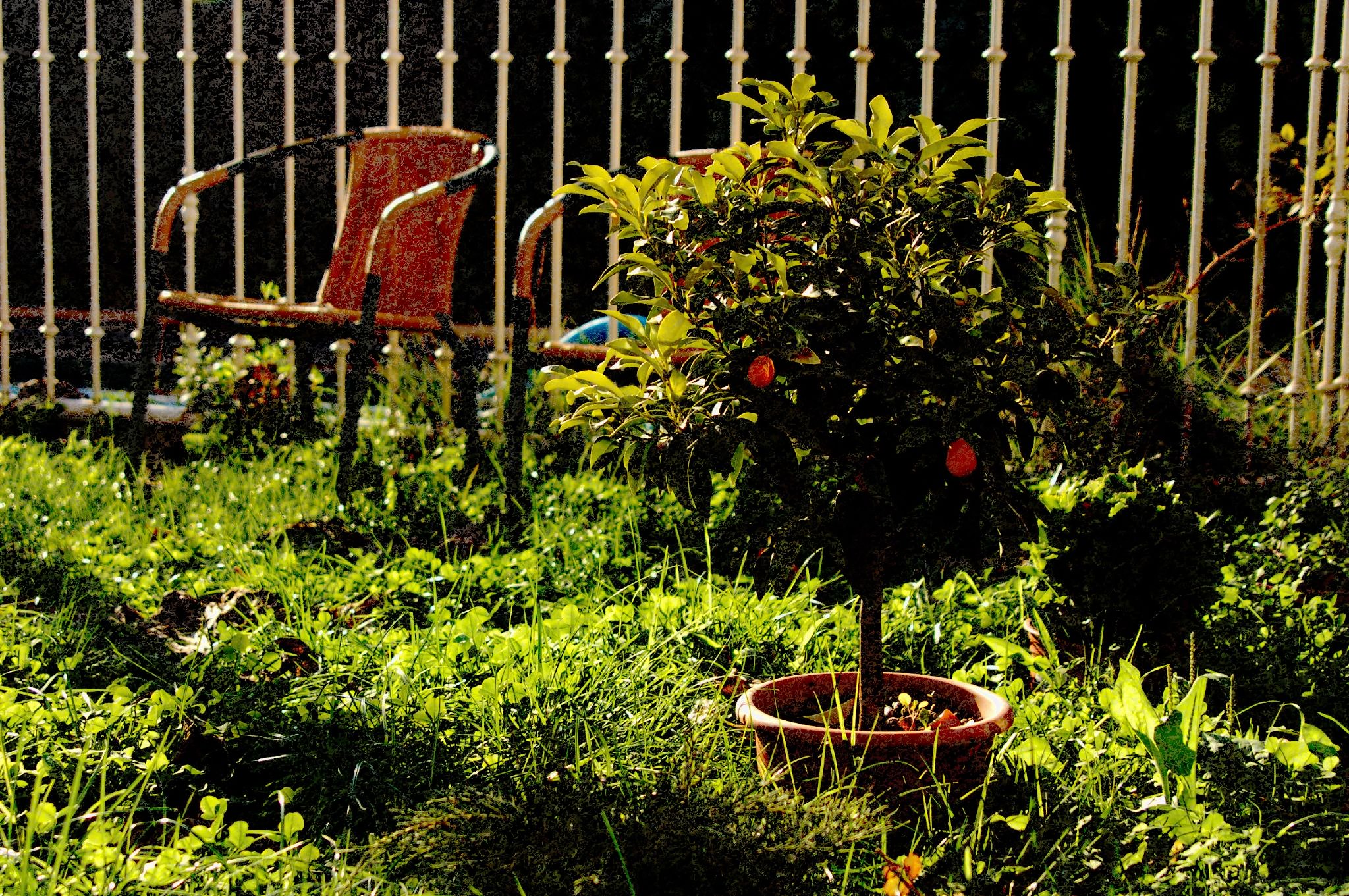
Kumquat trees can be started from seed or cuttings, but if you are focused on fruit production, you might have better luck purchasing a potted plant from a reputable nursery. If you love the process of propagation, however, by all means save some seeds from your favorite fruit or take cuttings from a friend’s tree (with their permission of course).
Germinating kumquat seed
In early spring, wrap clean seeds in a damp paper towel. Place the package in a ziplock bag and squeeze the air out before sealing. Keep the seeds in a warm environment (70-85°F) for about 10 days. Once you have germination, place the seedlings into small pots. Avoid fertilizer for the first three months.
Starting kumquat cuttings
Starting kumquat from cuttings will reduce your wait for flowers and fruit. In early summer , take four-inch stem cuttings that include multiple leaves but no fruit or flowers. Dip the cut end in rooting hormone powder and poke it into a pot of moist potting soil. Keep the potted cutting in a plastic bag to prevent moisture loss. Roots should form within two months.
Planting kumquats
Understanding your kumquat’s needs will make it easy to care for. Like most citrus, kumquats prefer rich, moist, well-drained soil, but their roots also need to breathe. Soggy or wet soil can lead to root rot and prevent flower formation. A citrus soil mix of equal parts of perlite, compost, sand and peat moss will provide excellent drainage and nutrients.
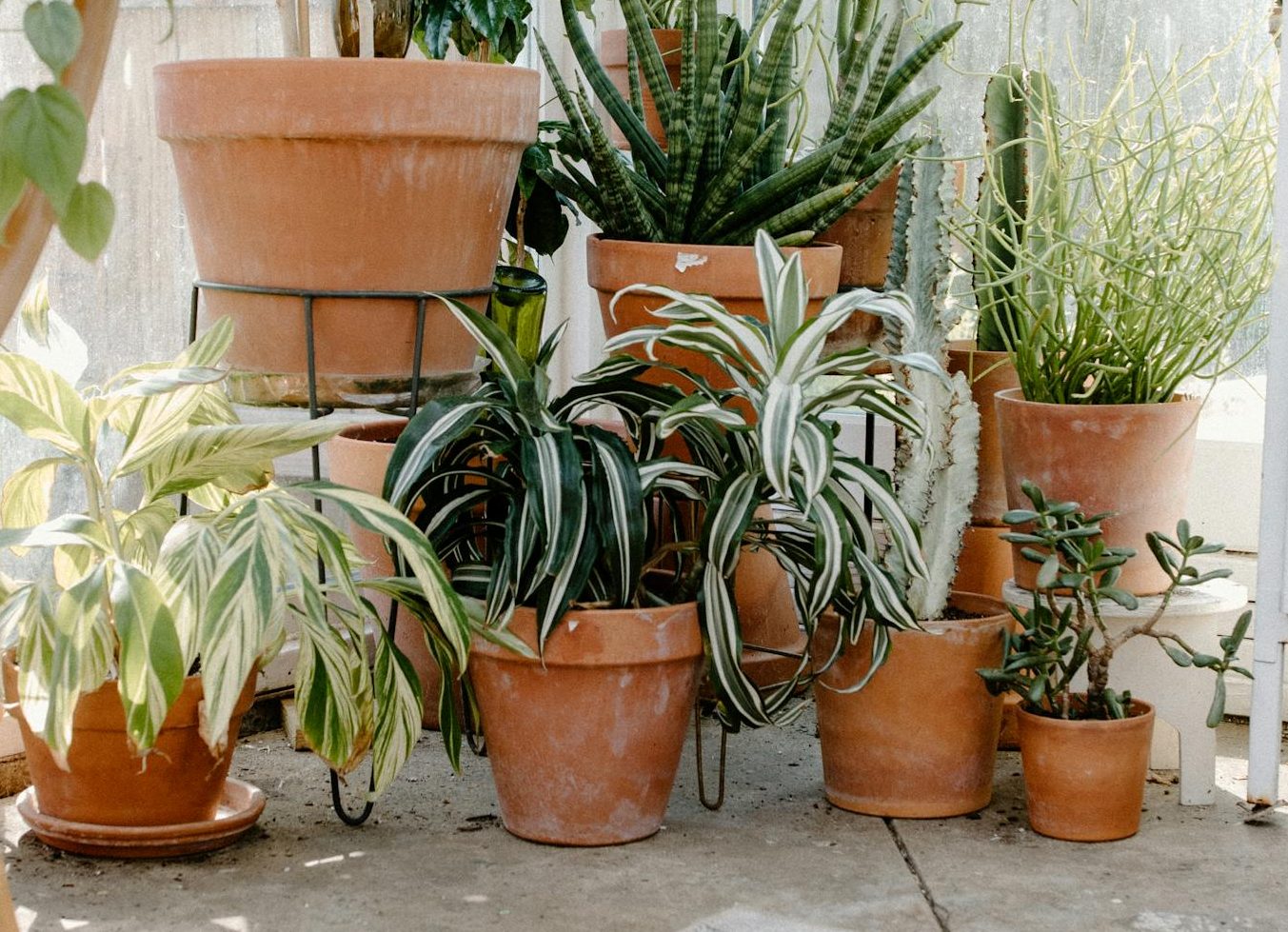
Ideally kumquats should be planted outdoors in a sunny location; but if your winters are cold you will need to grow your kumquat in a pot that can be brought in at the end of your growing season.
To ensure ample aeration for their sensitive roots, choose a porous pot — like terra cotta — or a mesh grow bag. Kumquats bloom best when slightly confined in their pots, so a container just a little bigger than the root ball will be good for a few years.
Maintaining kumquats

If you’re taking your kumquat indoors, make sure it gets as much sun as possible. Supplementing with grow lights can improve fruit and flower production.
Maintain humidity by misting or placing the pot in a wet pebble tray. Allow the top two inches of soil to get dry before watering, and then give it a good drink.
Good air circulation is also important, but avoid an area where the plant will be subjected to cold drafts or blasted by a heater.
Be patient: It can take 10 years before a kumquat grown from seed starts to flower; cuttings can bloom in half that time. If you want immediate results, you’ll have to let someone else do the work, and buy a mature tree.
If you are still not getting blossoms — and it’s not too wet — it could have a zinc deficiency. Top dress your plant with compost or apply an organic citrus fertilizer with zinc on a monthly basis, starting in the spring.
Once your kumquat produces flowers, you will want to make sure they get pollinated. Since you will bring your plant outdoors to better conditions as soon as it warms up (above 50°F at night), you can let nature take care of that. Bees and other insects will be attracted to the sweet-smelling flowers.
Home remedies with kumquat
Of course, it is easy to get a good dose of everything kumquats have to offer by simply popping them in your mouth, but our innovative ancestors have also come up with some interesting concoctions that serve to preserve and enhance the fruit’s medicinal qualities.
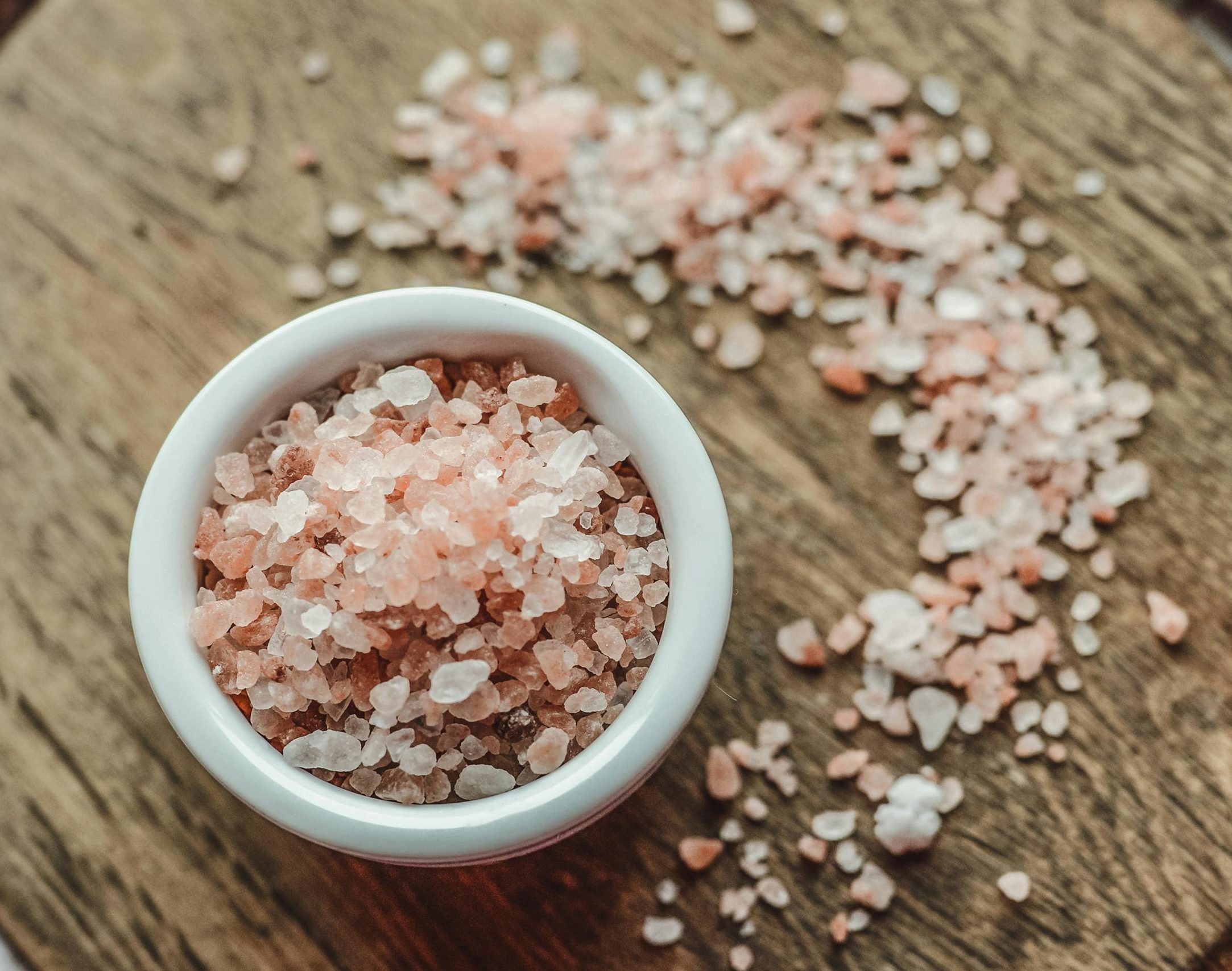
Salted kumquats
Sea salt is well known for its anti-inflammatory and antibacterial properties. Its trace minerals can also improve digestion. Pairing this natural product with kumquats yields a digestive aid that doubles as a powerful antidote for sore throats that can soothe swelling and reduce phlegm.
Salting kumquats can be as simple as stuffing halved kumquats coated in salt into a jar and setting it aside to ferment. The salt and kumquat juice make a thick, flavorful brine, which preserves and softens the fruit.
A more elaborate recipe might include small amounts of ginger, lemon juice, hot pepper, cloves, cardamom or other spices, but the key is still to cover the kumquats completely and evenly with salt, and press them tightly into a jar. Use a weight to keep the solids under liquid, and a fermentation lid to allow resulting gasses to be released.
After two or three weeks, the orange color will dull but the flavor will shine. The soft, salty fruits can be mashed in hot water for a soothing tea, sucked like a lozenge, or nibbled directly. Refrigerated, they will keep for a year or more, as long as you use clean utensils each time you reach for them.
Candied kumquats
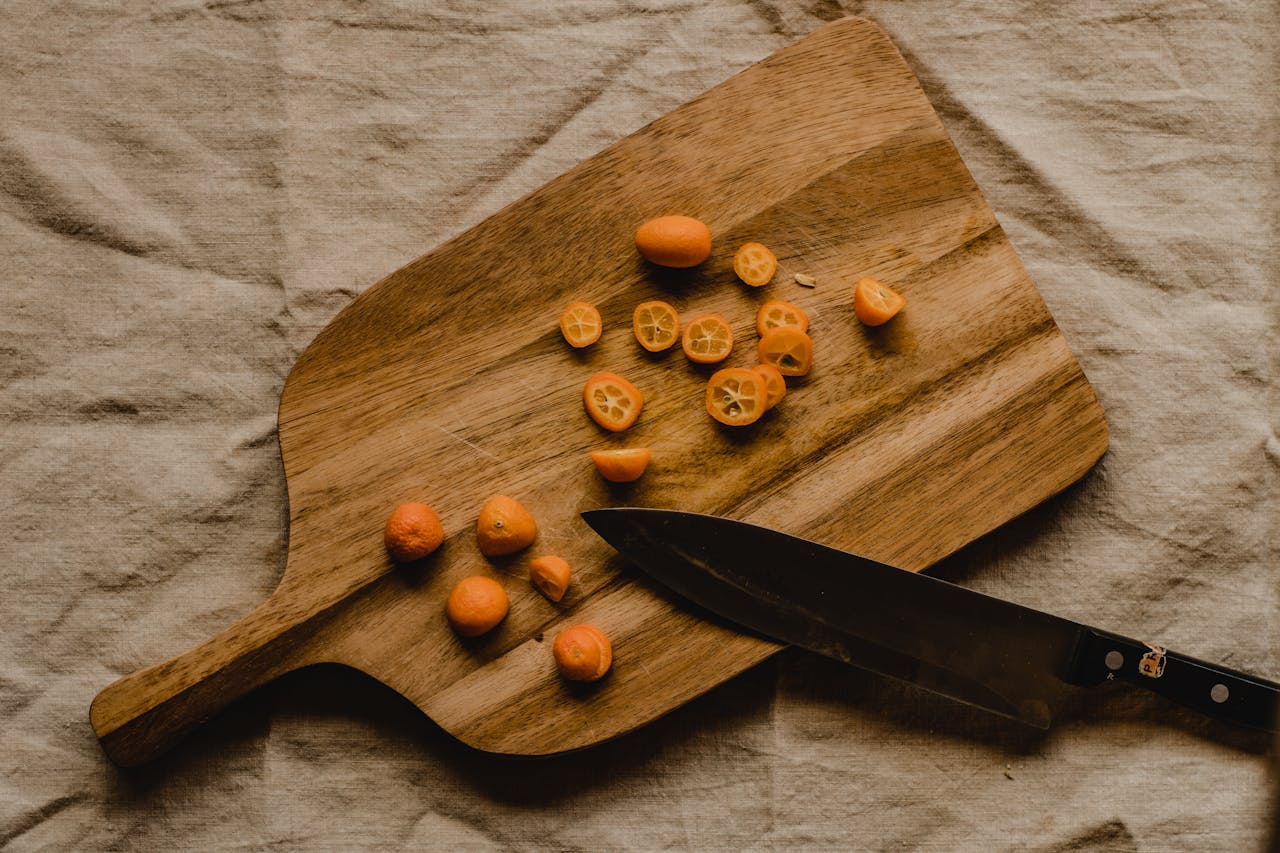
Most candied kumquats are cooked in a syrup made with cane sugar and water, but there is an easier and healthier alternative. Natural honey, rich in nutrients and antioxidants, also has anti-inflammatory and antibacterial properties to complement kumquats’ medicinal profile.
To make a delicious immune-boosting natural remedy, thinly slice clean, dry kumquats, pack them in a jar, and cover with honey. After one day, the honey will have penetrated the fruit. Keep candied kumquats in the fridge and enjoy them on anything from toast to yogurt, salads and desserts — or all by themselves!
Citrus leaf tea
To preserve the integrity of this series, let us talk briefly about the herbal aspect of kumquat — the leaf. Citrus leaves, like their fruits, are rich in flavonoids and vitamin C. They also have anti-inflammatory properties.
If you decide to grow a kumquat (or any other citrus) you can always count on the leaves — even when the fruit is many months away.
Several leaves steeped in boiling water for five minutes will draw out the essential oils, giving you a pleasant aroma and refreshing flavor, along with kumquat’s medicinal compounds.
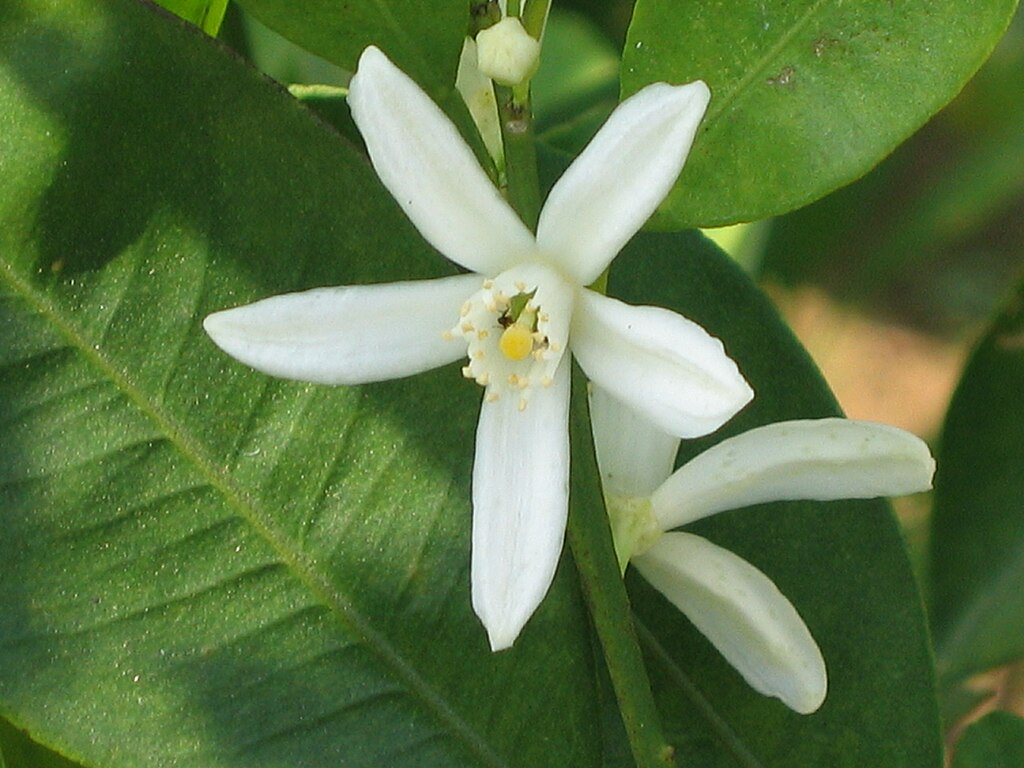
Citrus flowers, for that matter, are said to have antidepressant, antiseptic and anti spasmodic properties. They also help relieve pain and improve sleep. Try a tea with fresh flowers, or use them as a garnish.
Basically, anything you do with kumquat is sure to be a treat, and your body might benefit as well.



